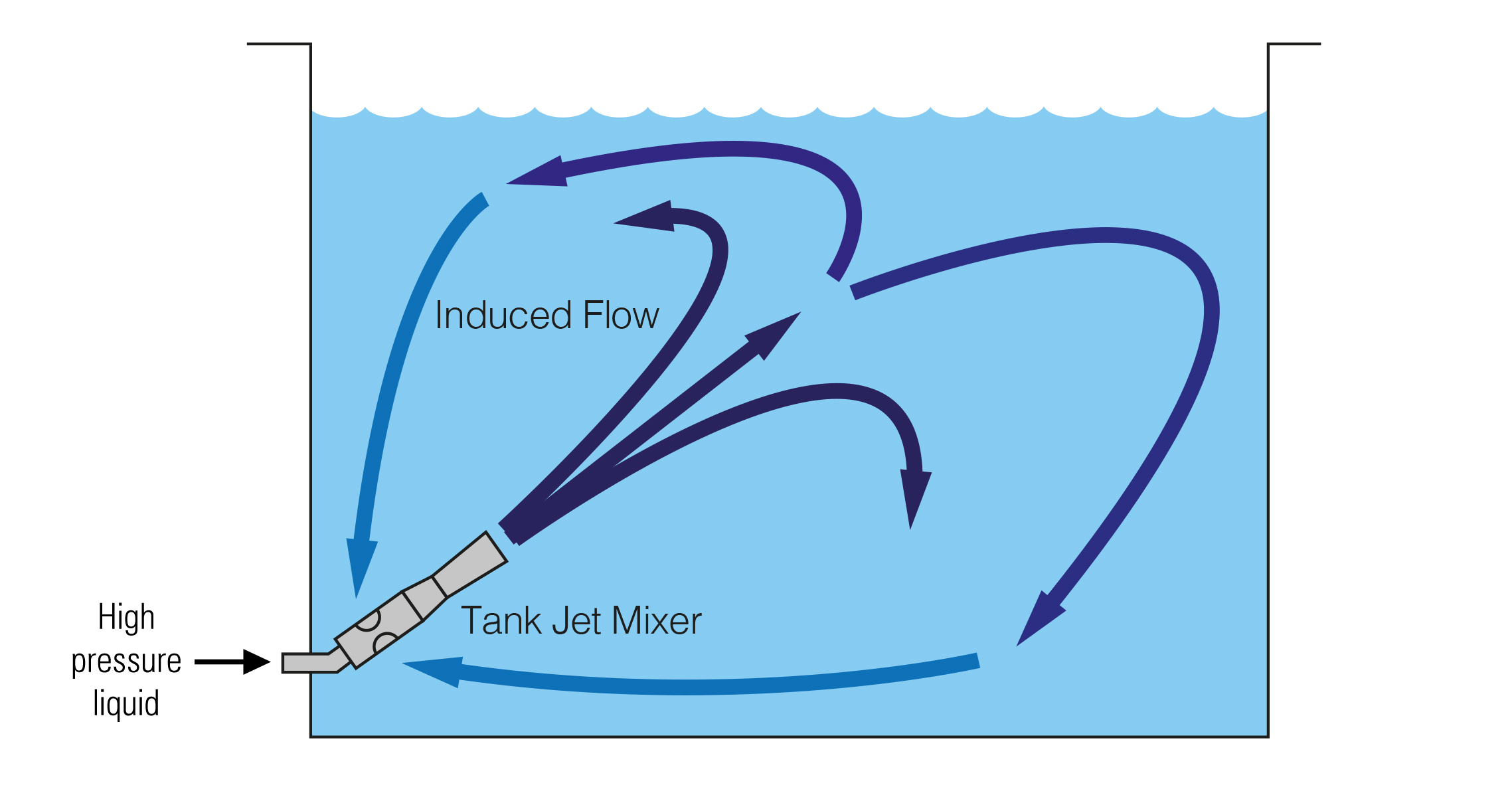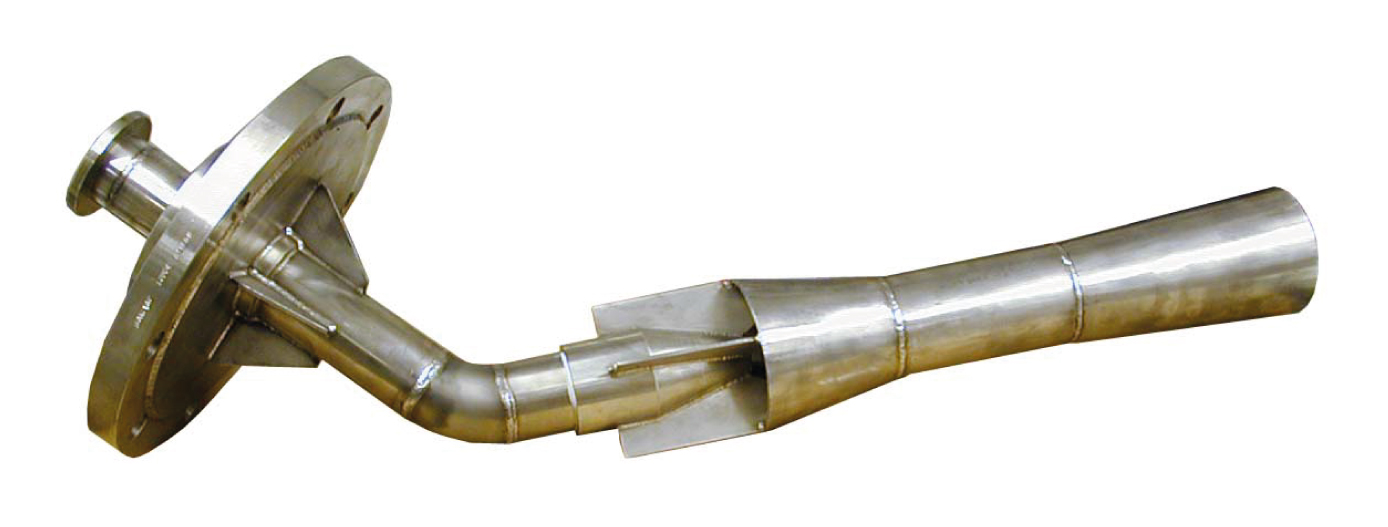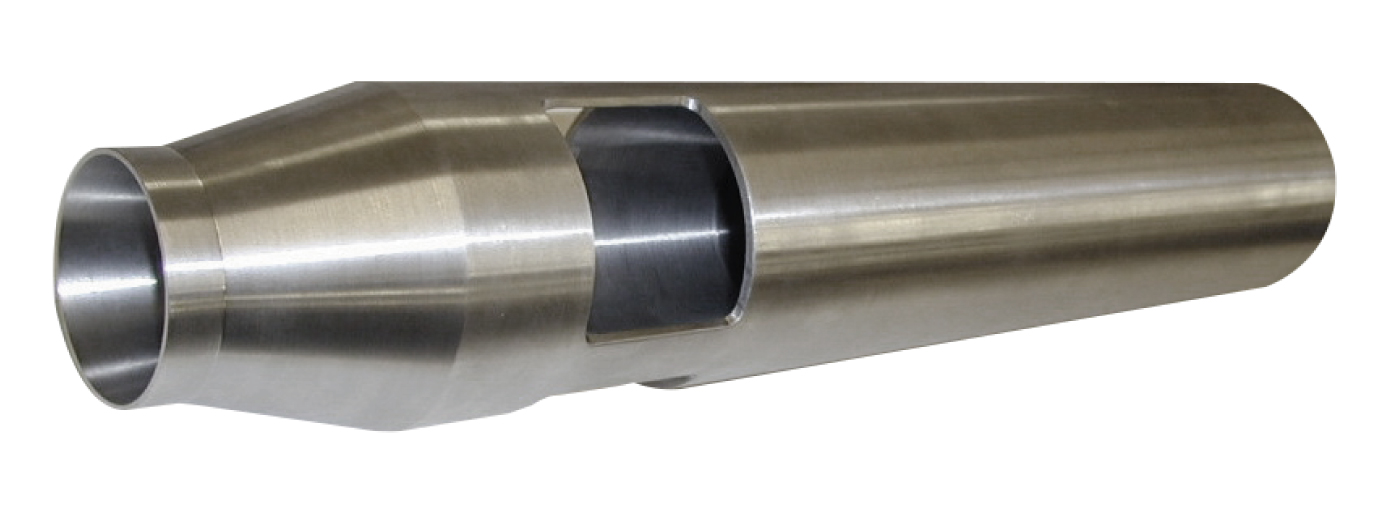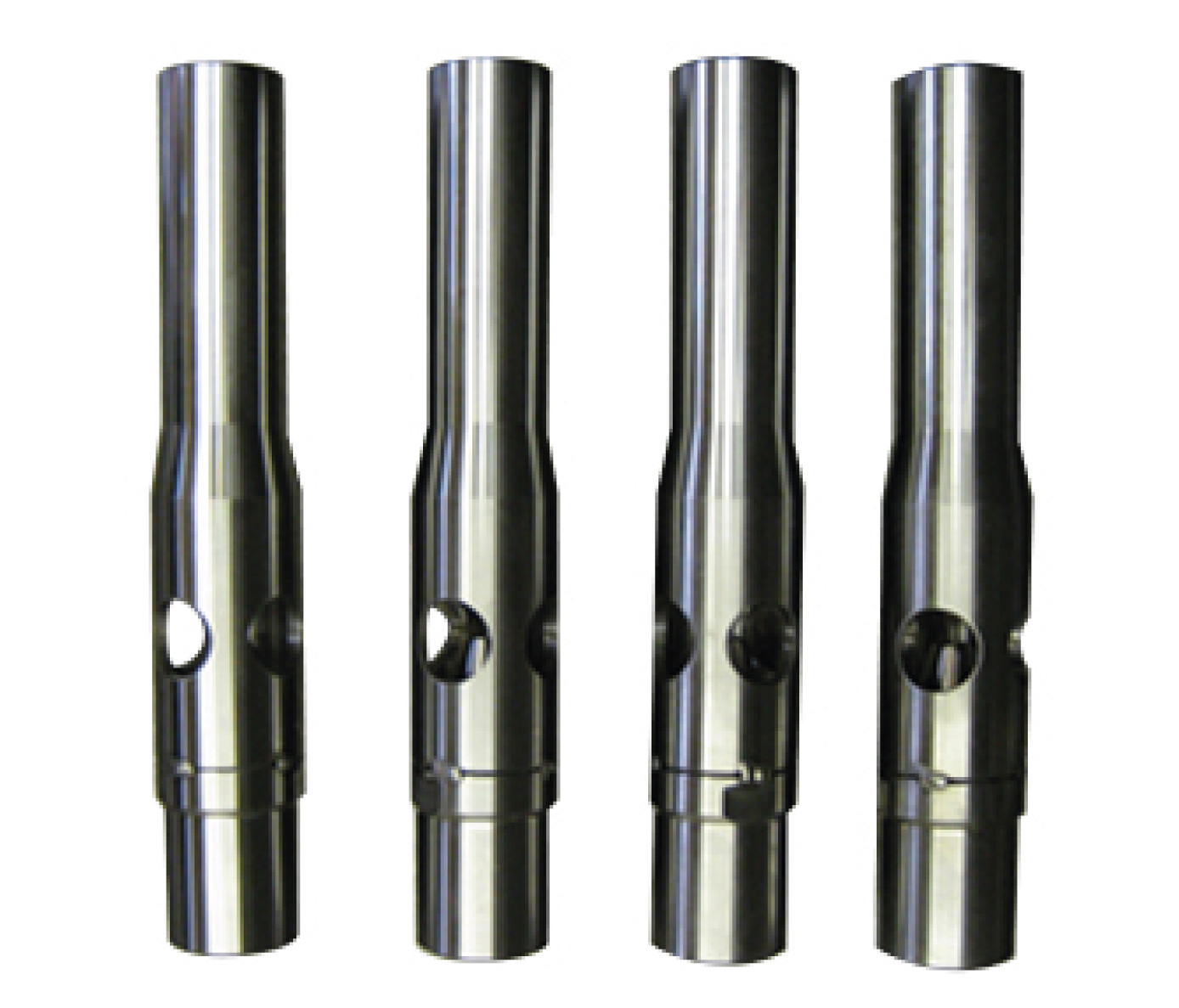Nuclear applications demand the strictest process and quality guarantees. We offer full performance testing and Computational Fluid Dynamics studies for each Ejector in our state-of-the-art R&D Facility to ensure these demands are met.
The test facility includes a number of water and slurry flow loops, a solids separation system, automated valves and data acquisition for both pipeline and in-tank mounted Jet Pump testing. Ejectors can be tested using water and slurry simulants, including duty and off-design operating points. Transvac research & test programmes are supported by CFD studies and fundamental University research.
Transvac has recently supplied Sellafield Sites Limited (via Doosan Babcock) a set of Ejectors for pumping radioactive slurry as part of the SPP1 project. Preliminary trials were carried out using sacrificial test units followed by full Ejector performance testing of the finalised designs prior to despatch. Completed units included special grade ceramic internal parts to resist abrasion during operation.

A Nuclear Ejector during testing at Transvac’s Test Facility
Typically motivated by pressurised water, Liquid Jet Solids Pumps can be used to entrain and transfer radioactive waste from settlement tanks / ponds. Liquid is often used to transport radioactive slurries in order to maintain velocity within long discharge pipelines and thereby prevent solids settlement. When pumping abrasive slurries, materials are typically stainless steel complete with ceramic internals.
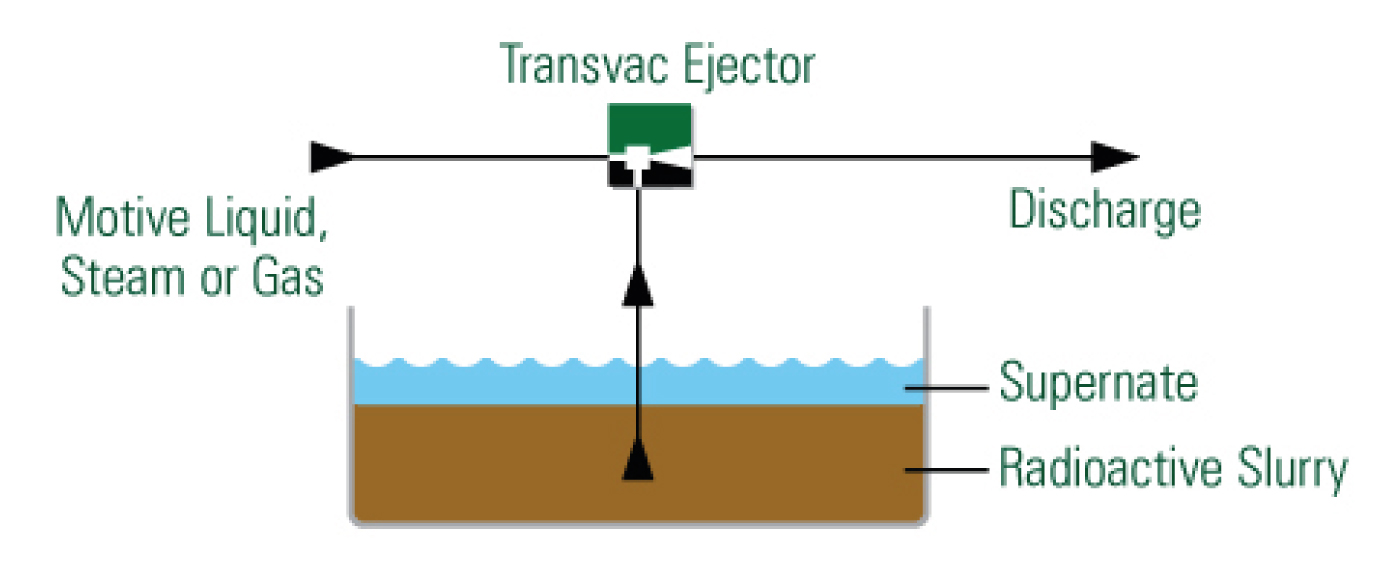
For this application Transvac Liquid Jet Solids Pumps are installed above the radioactive slurry. In operation ‘Pulse Jets’ submerged in the slurry agitate an area around the suction ‘leg’ of the Liquid Jet Solids Pump allowing it to transfer slurry to reception tanks elsewhere on site. As the tank slurry is removed liquor is added to the tank to maintain a constant head. The Jet Pumps include Transvac ceramic internals to resist wear.
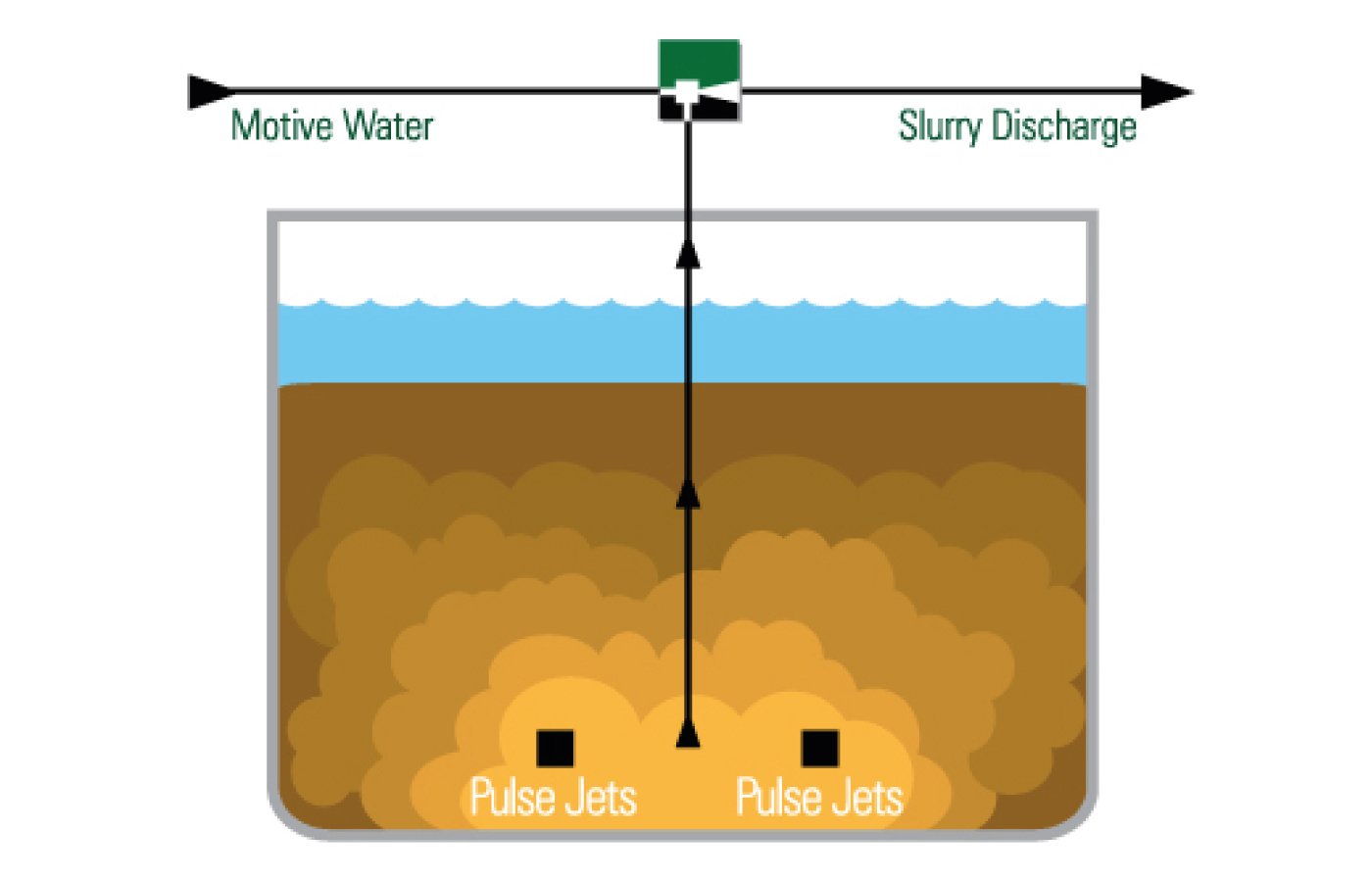
For this application Transvac Liquid Jet Solids Pumps complete with a special fluidising jet system are to be submerged in the radioactive slurry. In operation the fluidising jets agitate an area around the suction ports of the Jet Pump allowing it to transfer slurry to reception tanks elsewhere on the site. As the tank empties the Jet Pump and fluidising jets are gradually lowered. The Jet Pumps include Transvac ceramic internals to resist wear.
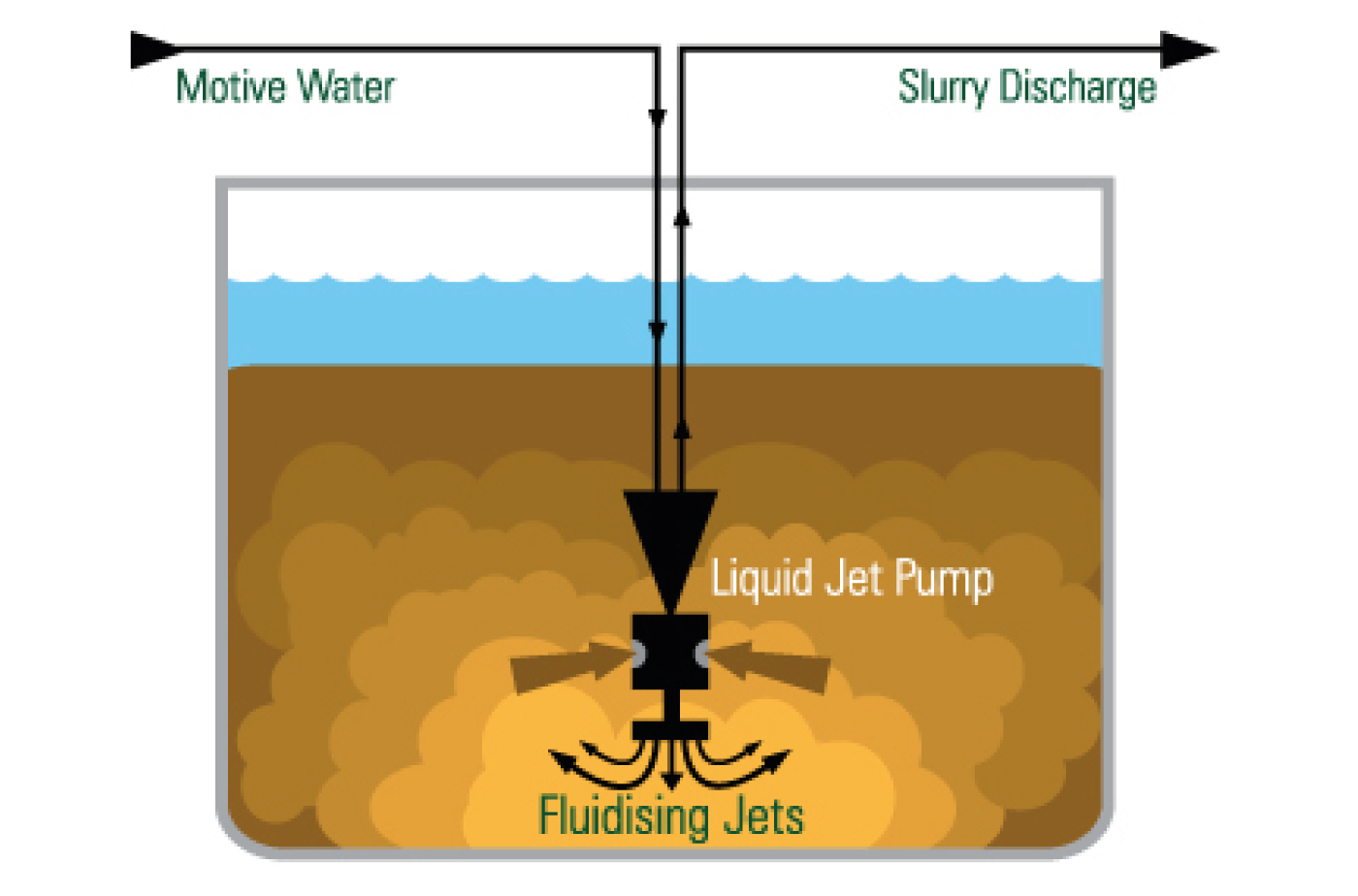
Transvac Air Jet Syphons are used to decant (directly transfer) radioactive liquor from cell sumps into the BSV tank as shown in the diagram. Using compressed air as the motive fluid enables the transportation of radioactive liquor without adding any extra fluid to the quantity handled. Gas is not an effective medium for directly entraining and pumping liquids. It can only be used as the motive fluid for Air or Gas Jet Syphons when entraining and pumping small quantities of liquids / slurries over short distances. Steam is a very effective medium to motivate Ejectors when directly pumping radioactive slurries over short distances.
One advantage of using steam is that it is easy to provide and adds very little additional liquid to the radioactive slurry being pumped, which can be major benefit for downstream processes. Typically discharge pressures would be >2 barg.
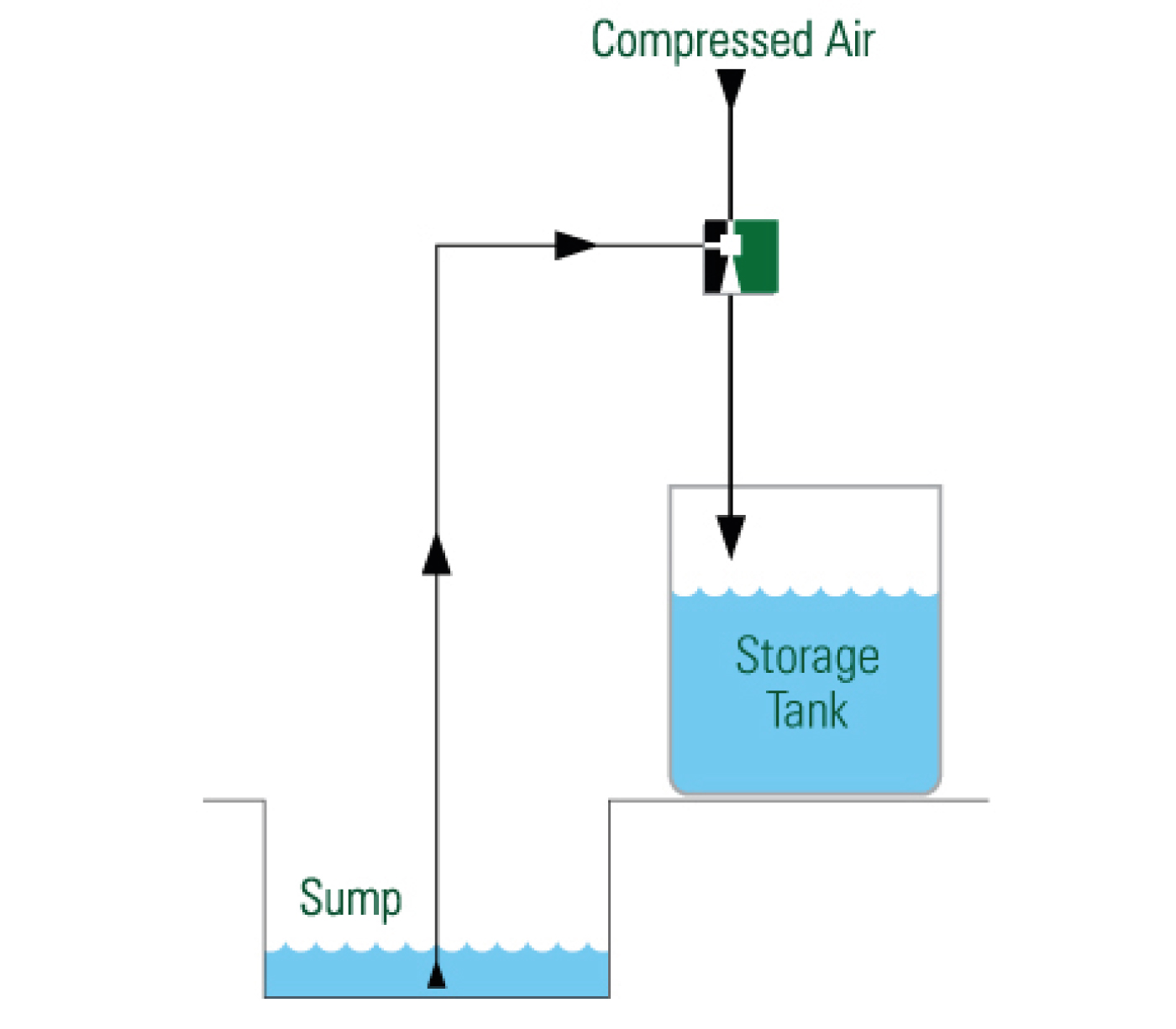
Steam, Air or Nitrogen can be used to motivate an Ejector to create a vacuum within a transfer vessel to draw in liquids / slurries. Steam, Air or Nitrogen is not in direct contact with the fluid being pumped. Once the volume of liquid reaches a pre-set level in the transfer vessel the Ejector is switched off. The vessel contents can then be simply drained by gravity to the discharge point. These systems are usually used for transferring small quantities of suction fluids.
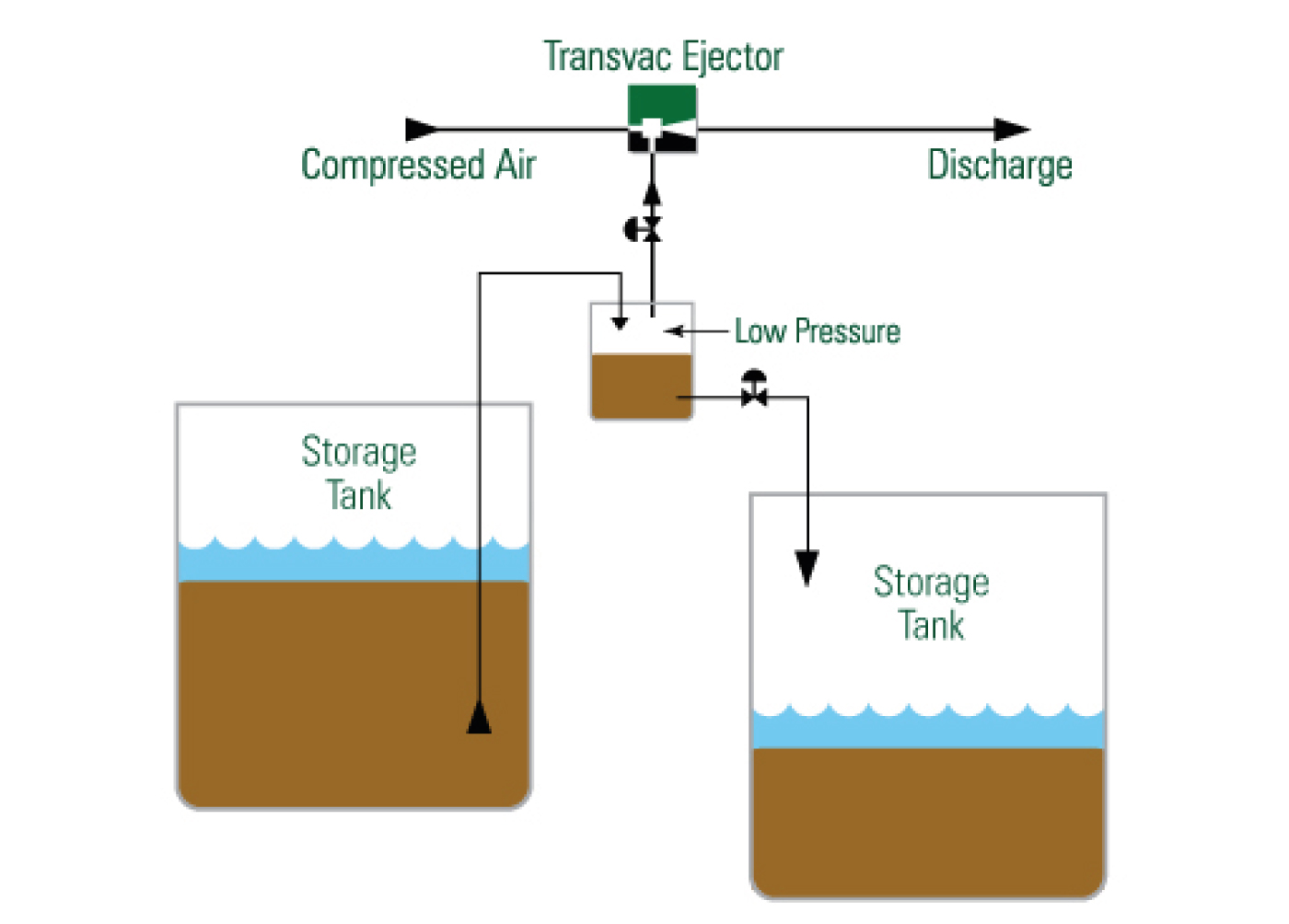
Tank Jet Mixers provide a simple method of mixing and agitating tanks with no in-tank moving parts and no maintenance. Performance is controllable by adjusting the motive fluid flow provided by an external pump. Each Tank Jet Mixer is designed to suit the process mixing requirement and single Mixers or a number of mixers mounted on an in-tank manifold are available.
Transvac can offer the basic mixers or a complete system including pipework, pumps and valves. We can offer our Tank Mixers in a number of materials, including units internally lined with ceramics for improved abrasion resistance.
Each Tank Jet Mixer is designed to suit the process mixing requirement and single Mixers or a number of mixers mounted on an in-tank manifold are available. Transvac can offer the basic mixers or a complete system including pipework, pumps and valves.
Materials of construction are chosen to suit the process conditions, common materials include stainless steel, carbon steel, Polypropylene, PVCu, PTFE, and GRP and ceramic.
